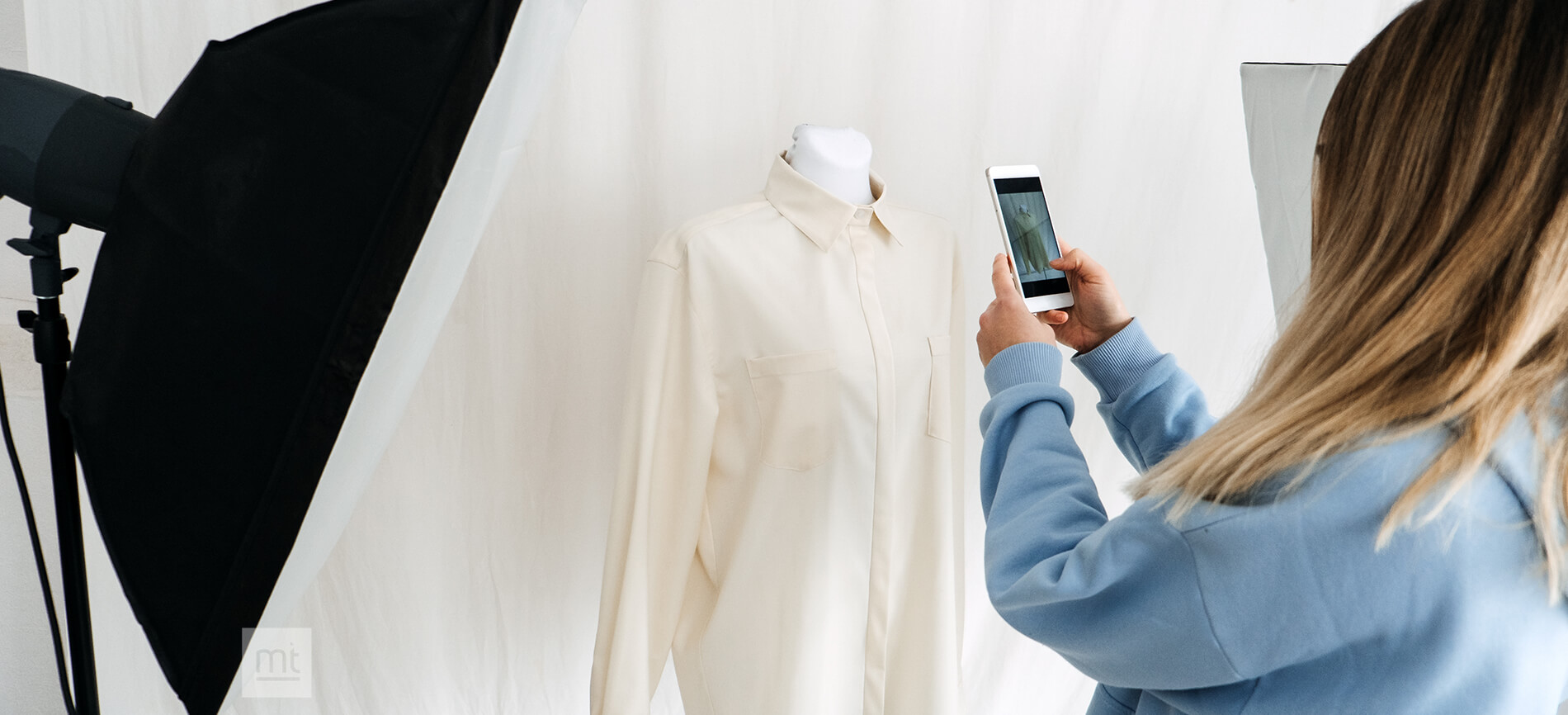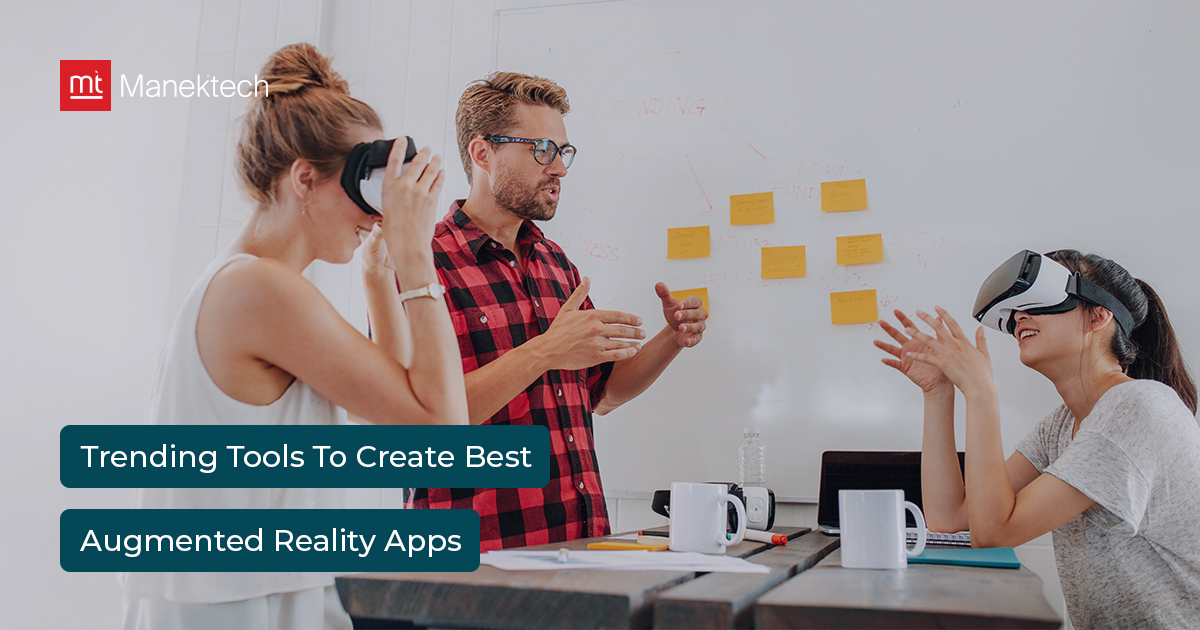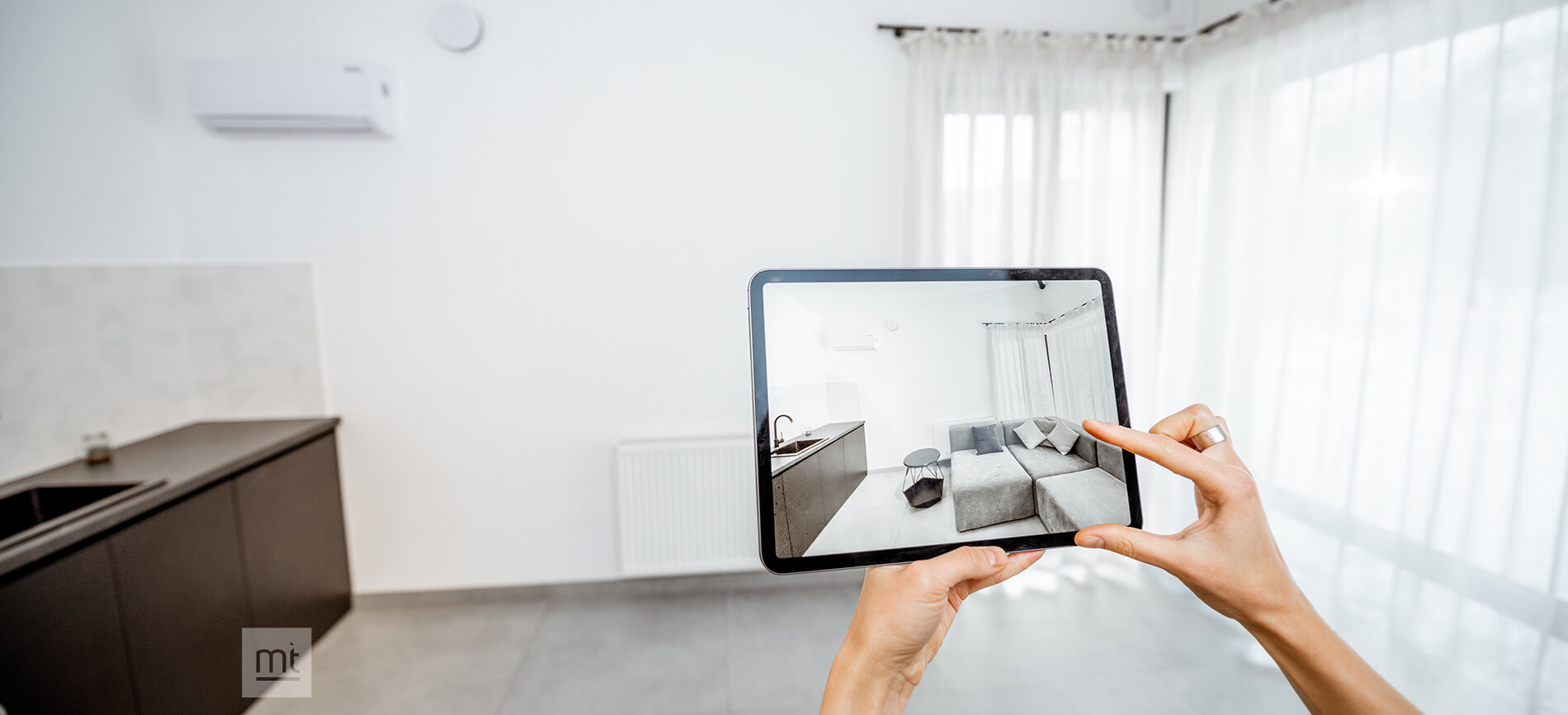Every day, we hear about new technological advancements ranging from intelligent personal assistants like Amazon's Alexa to self-driving automobiles being developed by corporations like Google, and everything in between. Smartphones are now at the heart of our digital life. Although it may be difficult to envisage life without one, a new device may replace the cherished smartphone in ten years.
You've probably heard advertising for virtual reality headgear if you haven't seen one in person. Consider a device that appears like regular eyeglasses but has virtual and augmented reality settings. What role will virtual reality app developers will play in the future of business?
In this blog, we'll describe augmented reality and mixed reality, as well as their applications.
What Is Virtual Reality Experience?
Let's take a step back for a moment. What are the differences between virtual reality, augmented reality, and mixed reality? We'll get into specifics later, such as virtual reality in the workplace, but this is a good place to start.
Customized Virtual reality app development (VR) is a software-created artificial environment that is presented to the user in such a way that the user suspends disbelief and accepts it as a genuine environment. These worlds are frequently constructed with computers, but they can also be made up of 360-degree movies, also referred to as immersive or spherical videos.
Bring the 'Try Before You Buy'
The concept of 'try-before-you-buy' is vastly expanding as more retail enterprises integrate VR/AR technologies into the customer experience. 'Look before you book,' 'Try before you fly,' and other marketing tactics immerse buyers in the unique product experience. Are you planning to purchase a vehicle? Volvo invites you to take a virtual reality test drive on your phone. Are you looking for a new pair of shoes? Lacoste developed an augmented reality mobile app that allowed clients to virtually try on shoes.
Introduce Existing Products to New Markets
VR/AR content of high quality elevates your product presentation to a new level. It's a fun approach to highlight your products or services while also providing a more engaging purchasing experience. It helps clients to consume material in a more immersive setting, resulting in a stronger emotional bond.
How can you promote your product in a different light? Let's have a look at how other businesses handle this. The Patrón tequila firm has developed a new marketing campaign that incorporates both live-action and computer images. It's a 360-degree tour from the agave field to the bar, tracing the product's lifespan from start to finish.
Let’s take a look at which industries are reaping the benefits of Customized virtual reality app development.
Which Industries Are Reaping Virtual Reality App Development Services?
1)Healthcare and Well-Being
Virtual reality and augmented reality (VR/AR) provide clinicians with new therapeutic options. As a result, virtual reality has a lot of applications in medicine. During a difficult spine surgery medical procedure, an augmented-reality surgical navigation device was built to give doctors 'X-ray vision.'
In the medical field, virtual reality could aid in the treatment of phobias and anxiety. It might be able to assist people to overcome their fears in real-life situations. It's a great opportunity to take a virtual walk along a high bridge while being guided by a coach in order to overcome a fear of heights. Virtual reality paediatrics may be able to make children's treatments as painless as feasible. Digital instruments like this can also be used in physical therapy and rehabilitation.
2) Gaming and Entertainment
When it comes to VR and AR, entertainment and gaming have been pioneers. Without such platforms, unique gaming experiences are impossible. People can engage with each other while playing a game while immersed in a 3D virtual reality entertainment environment. More importantly, the social side of gaming has evolved into a place where individuals can hang out in chat rooms. Instead of actively playing, gamers can walk around Guild Halls and speak with other WoW players. This is what gaming social VR platforms are all about.
3)Tourism
Given the current popularity of services such as Google Street View, it's easy to imagine that visualisation of prospective visits will be in high demand. There are numerous applications for virtual reality in the tourism business. Travelling is all about first impressions. As a result, a cool engine in your project would be a virtual pre-opportunity to find yourself among imaginative spectacular scenery or in a pleasant hotel room. Users on your travel website or app might be able to create their own virtual tours of their favourite destinations. Travelling VR projects have already been created: wandering around a selected location, even hearing its sounds, riding a boat, or climbing to the top of a mountain are all possibilities.
4)Architecture
Architects are embracing virtual reality to ensure that they and their clients are on the same page, preventing problems before they arise. The traditional approach of producing blueprints and scanning or faxing them to the client for approval is gradually becoming obsolete. Prospects can now visualise end-to-end growth and have an exploratory perspective of their projects in real-time, whereas before they could only see 2D representations of buildings in blueprints. Because no real-world assets are involved, any renovation can be done online without the need to build models or items in the real world. The Oculus Rift allows architects to view their buildings in scale, something that was previously impossible with a standard display.
5)Military
Life in the military is full of life-threatening situations. VR can assist the military in simulating such scenarios without endangering their lives. Virtual Reality app development is already being used by the military to generate deadly scenarios and train their personnel. For the army, virtual reality is utilised to create harsh environments such as enemy territory, hostile jungles, and so on. VR can also be used to simulate a car ride. As an example, assisting a soldier in learning how to operate a fighter plane, submarine, or tank. Last but not least, virtual reality assists military medical staff in receiving training on what assistance they can provide to teams in the event of a tragedy.
6)Automotive
Before ordering pricey prototypes, engineers and designers can quickly experiment with the look and build of a vehicle using virtual reality. Companies like BMW and Jaguar Land Rover (JLR) have been utilising virtual reality (VR) for years to conduct early design and engineering evaluations to ensure the vehicle's visual design and object obscuration - all before any money is spent on physically constructing the pieces.
By lowering the number of prototypes developed per car line, virtual reality is saving the automotive industry millions of dollars.
7)Real Estate
If you'd rather stay closer to home, you can browse at properties from the comfort of your [current] home – no estate agency appointments or weekend sacrifice required.
People can explore residences online and get a 'feel' for the area thanks to companies like Matterport, which saves time going around places that might be smaller, darked, or otherwise not what you imagined. You'll be able to devote your time to examining only the properties you're most likely to fall in love with in person.
8)Fitness
When we first published this post in 2017, there was no such thing as VR fitness; we only had 21 sectors embracing VR at the time, and fitness wasn't one of them. Virtual reality fitness apps are already among the most widely downloaded and used VR apps, allowing you to improve and socialise your at-home training. Supernatural and Fit XR are two of the most popular VR fitness apps. FitXR, for example, is an immersive fitness club where new sessions, such as boxing, dance, and HIIT, are added every day. You can even participate in live sessions with your friends to make your workout even more enjoyable and to simulate the social connection found in regular gym programmes.
Conclusion
While the integration of virtual reality, augmented reality, and mixed reality into our daily lives may seem far off, Heather Bellini of Goldman Sachs Research estimates that virtual and augmented reality will be worth $80 billion by 2025. That's the current size of the desktop PC market. Others foresee much greater figures for virtual reality in the workplace. More firms will be investing in these as part of their digital strategy as the growth rate continues and technology become more inexpensive.
Get in contact with us if you'd like to learn more about how emerging technologies can benefit your company and customers in general.
About Author
Subscribe to Our Newsletter!
Join us to stay updated with our latest blog updates, marketing tips, service tips, trends, news and announcements!




















